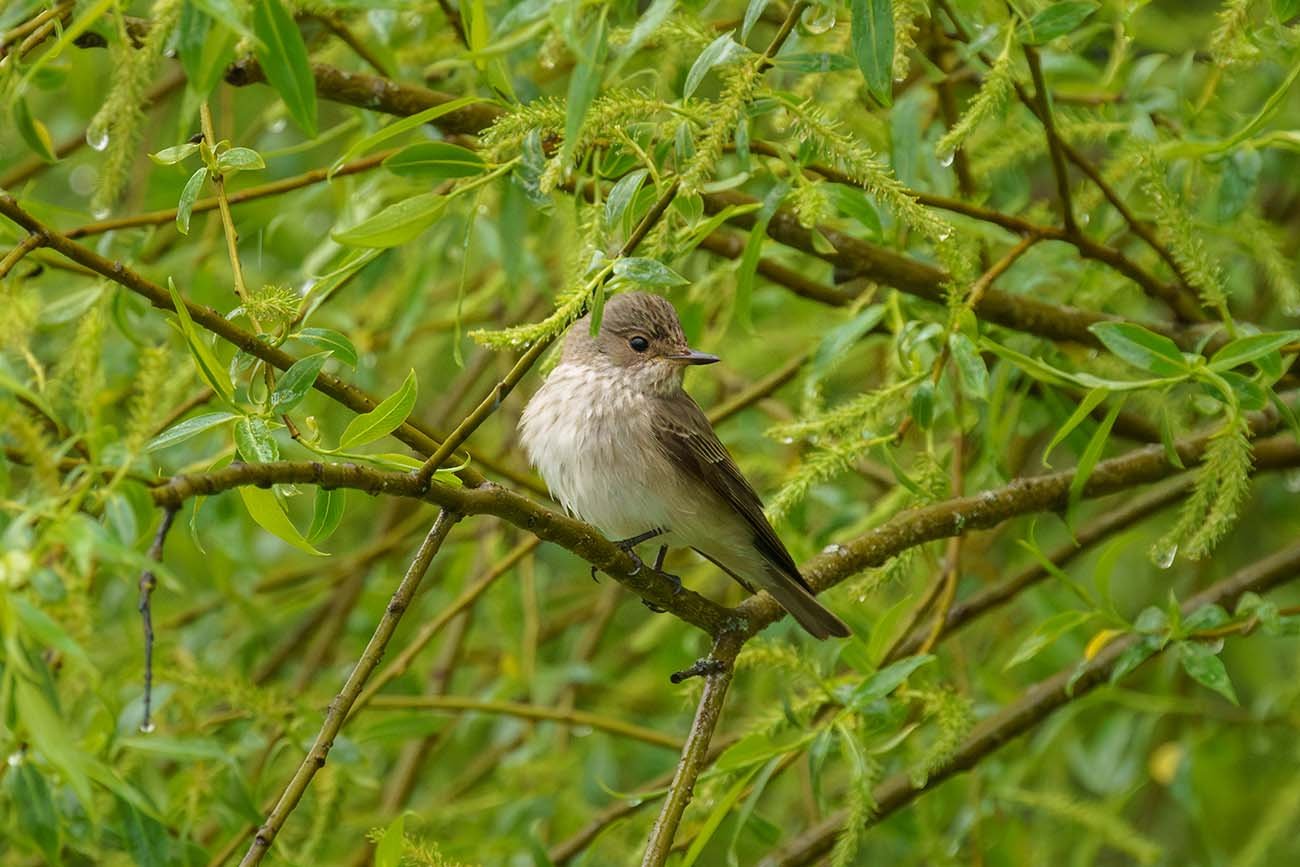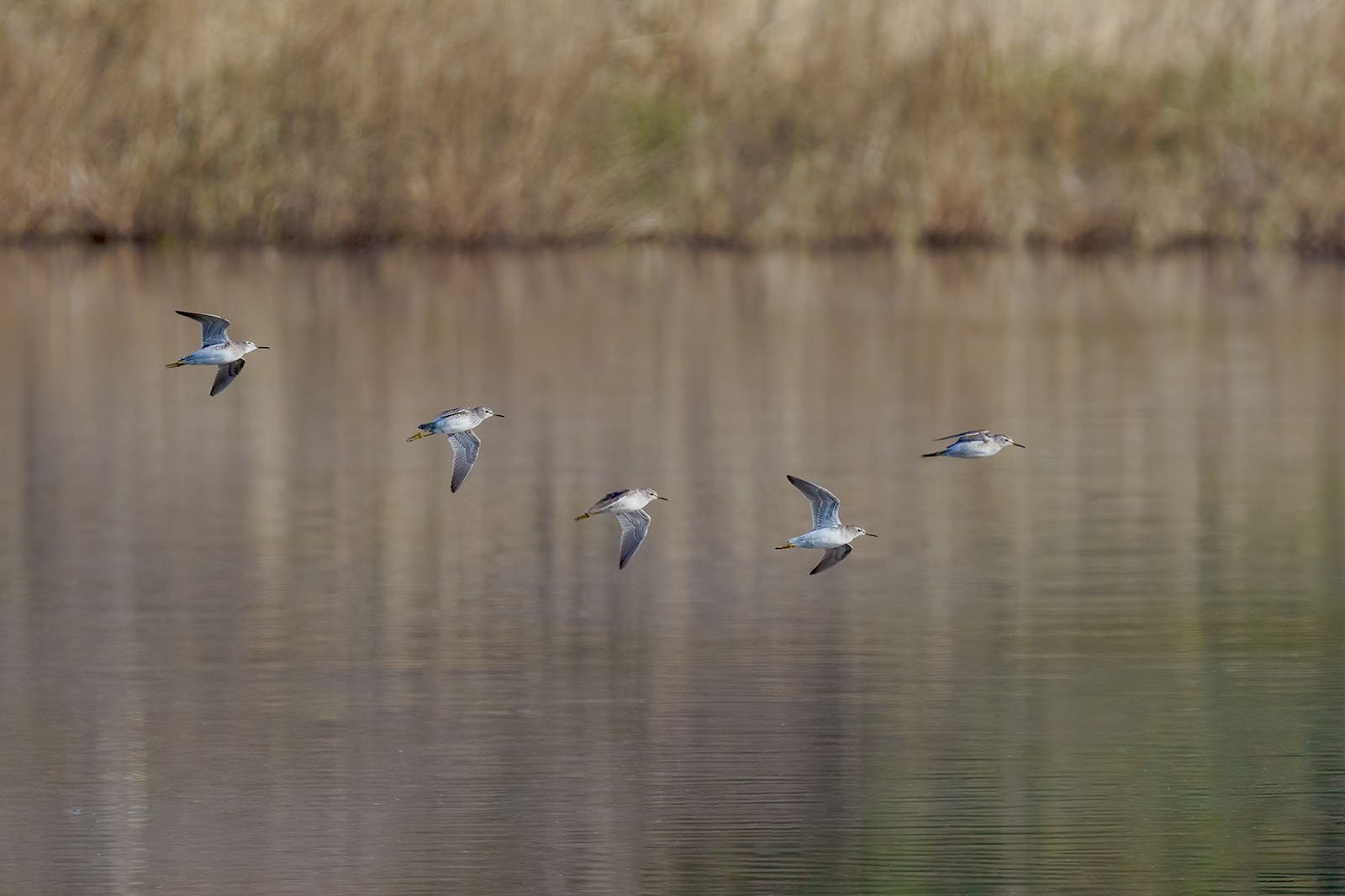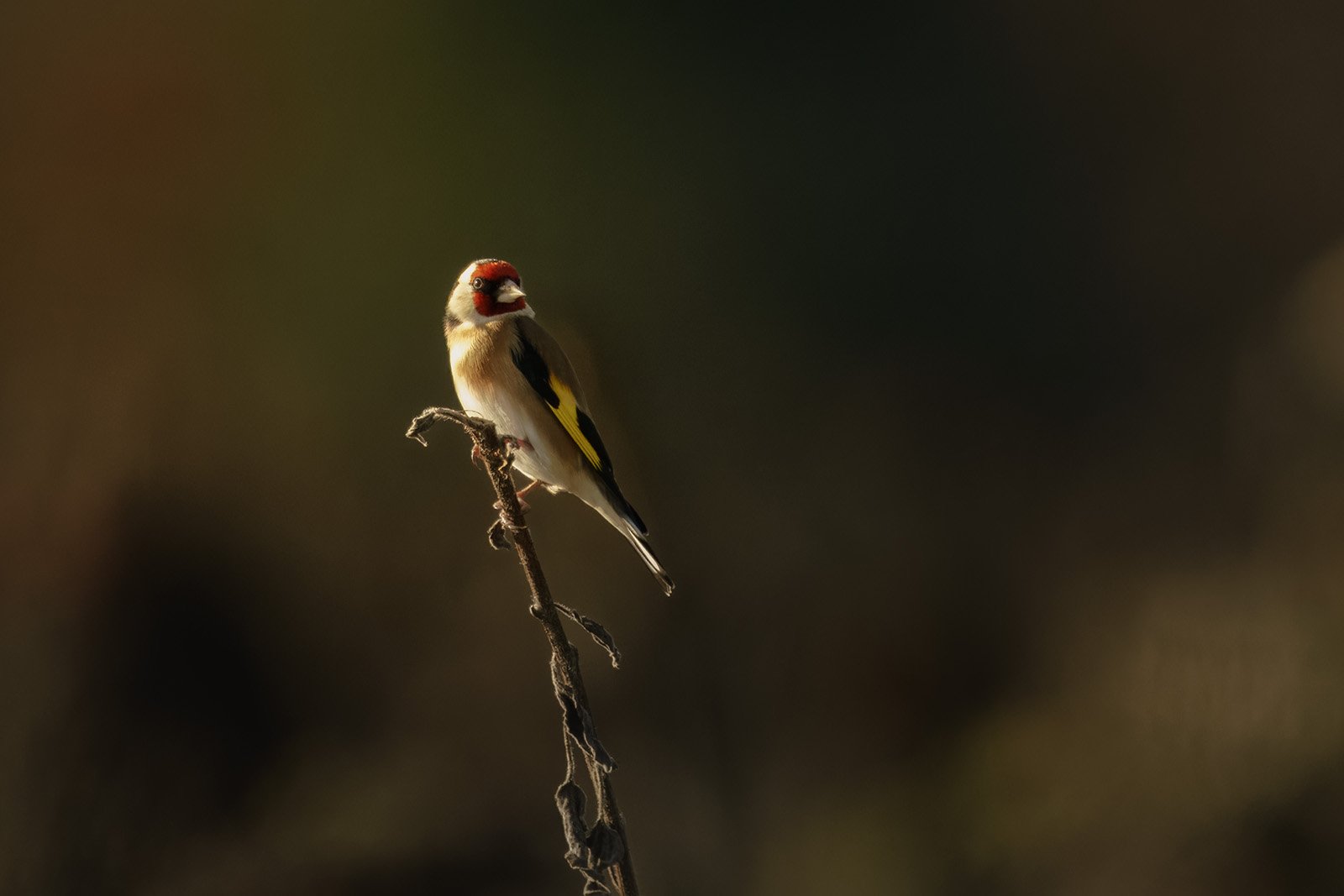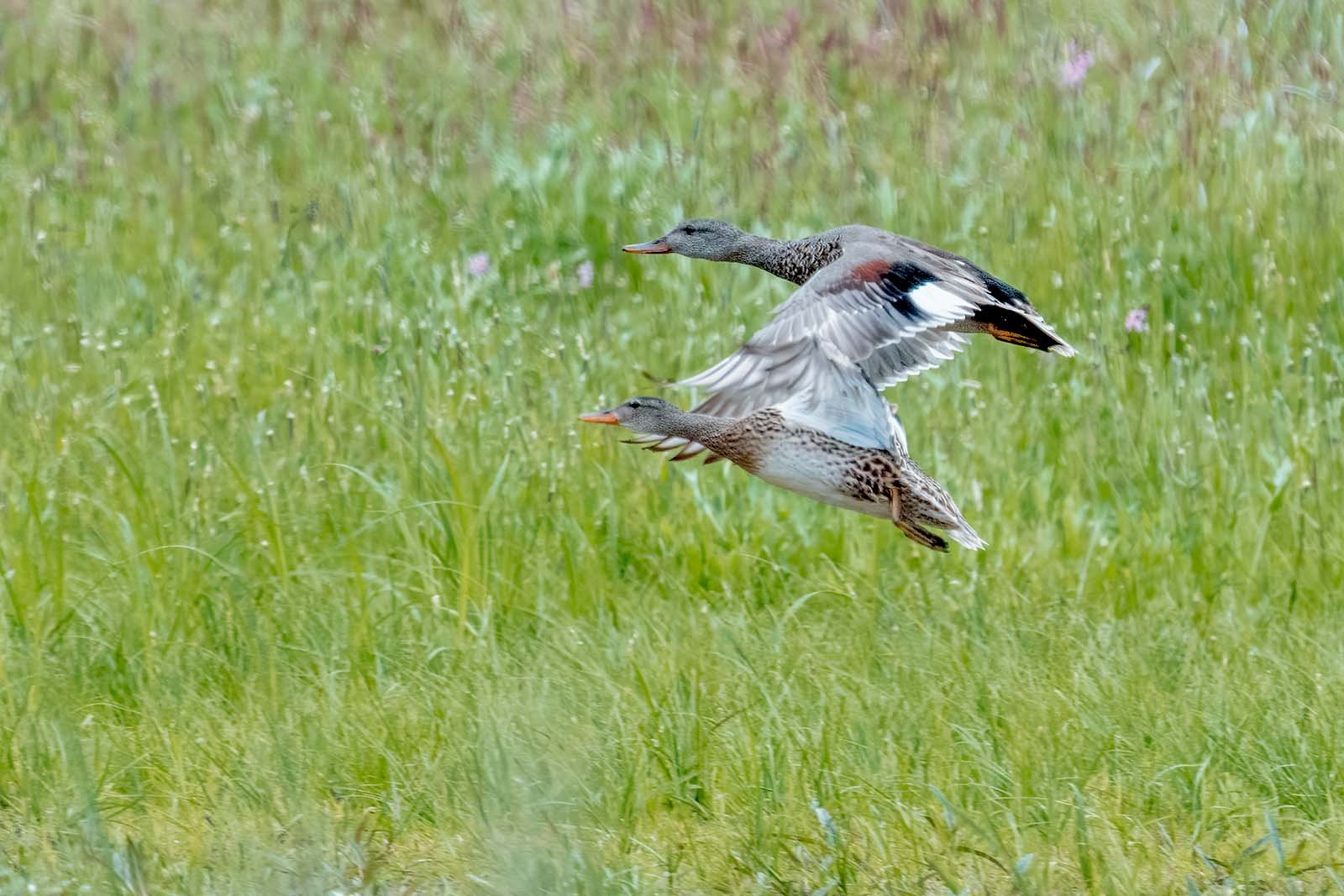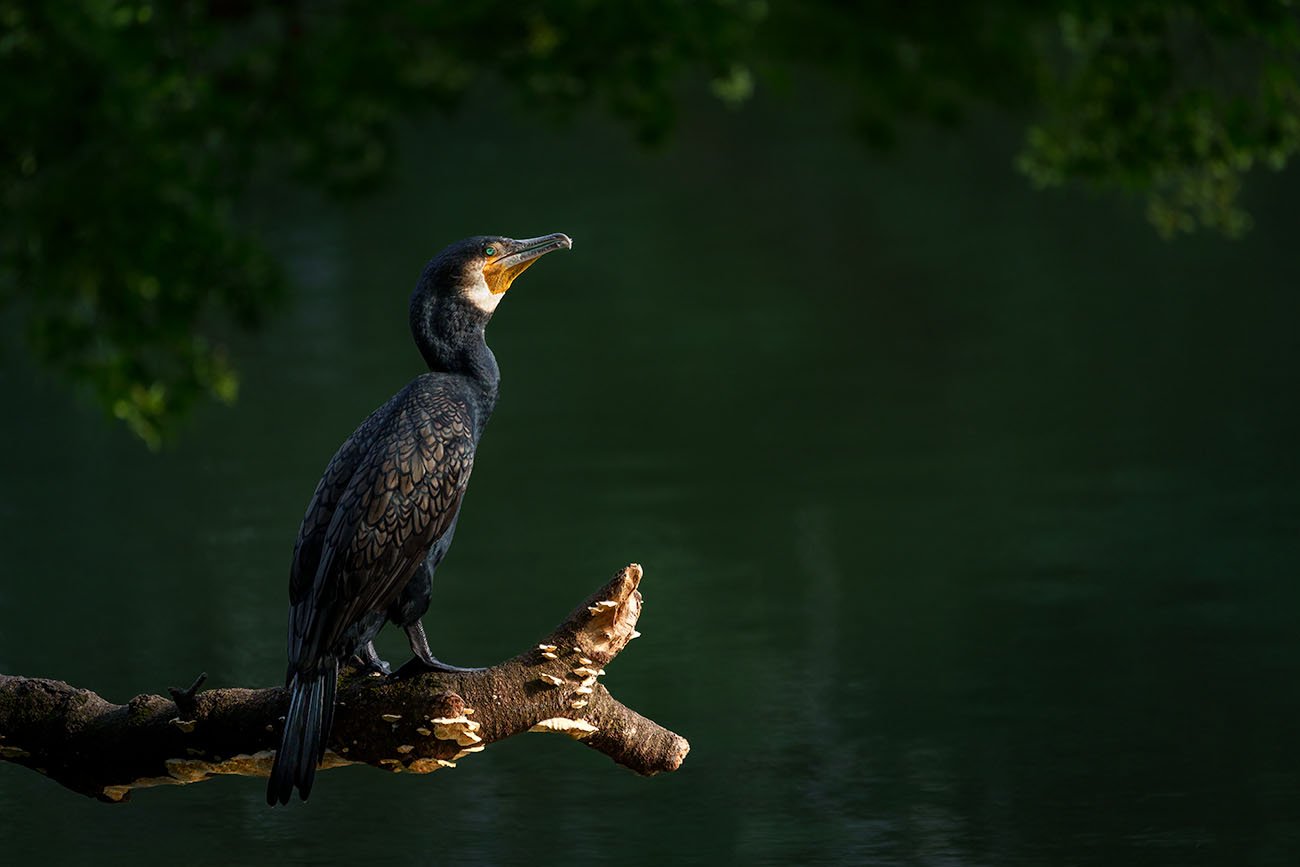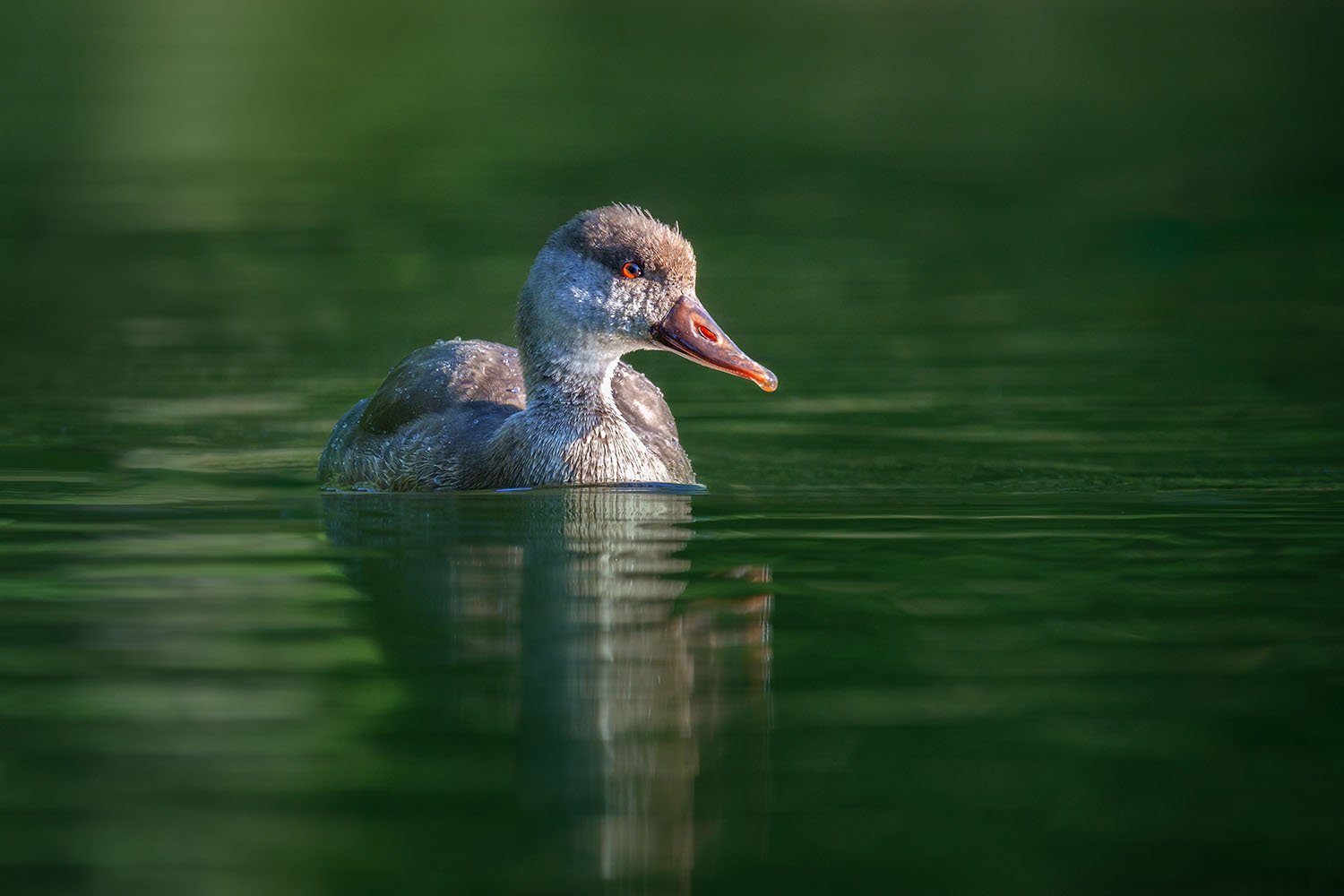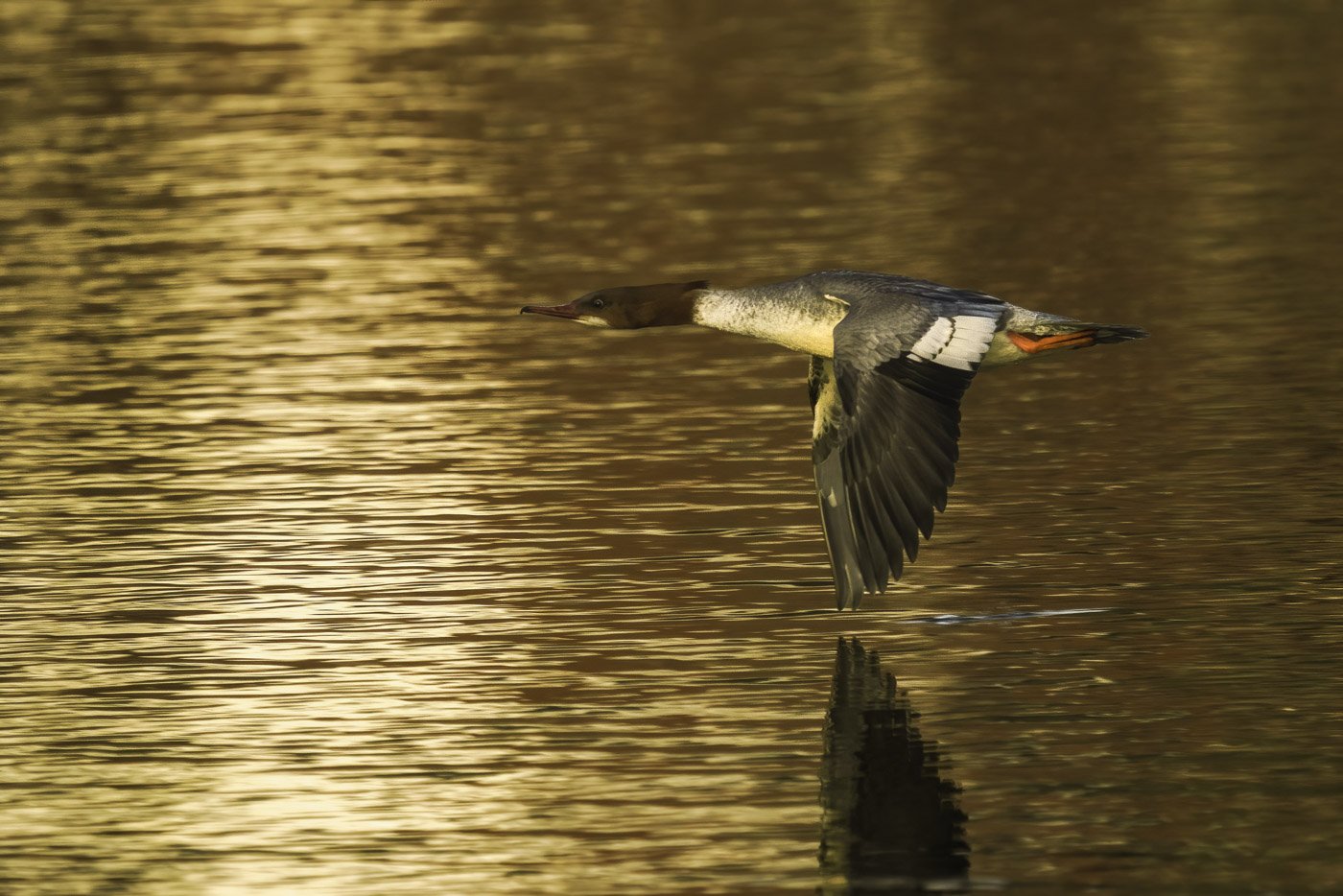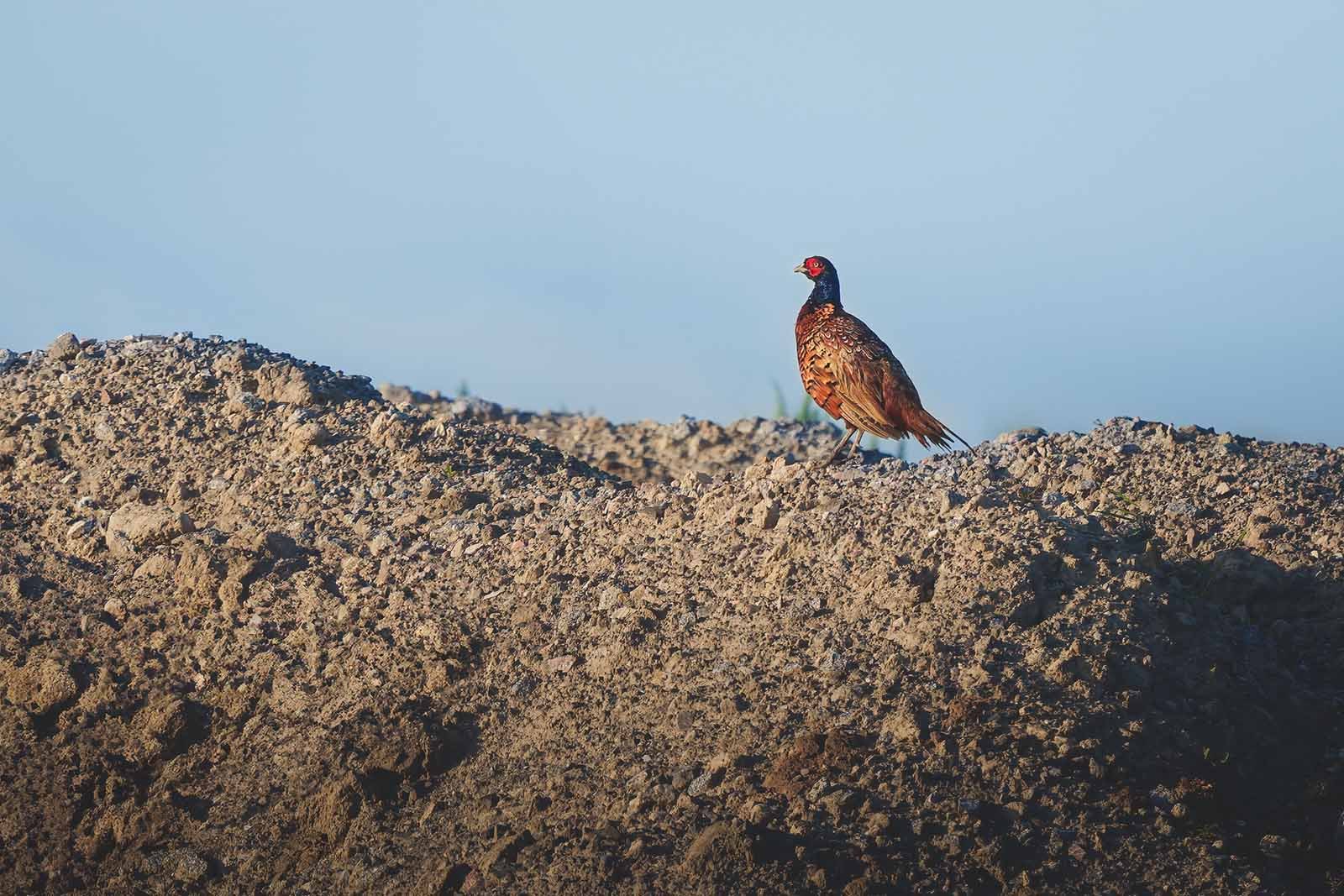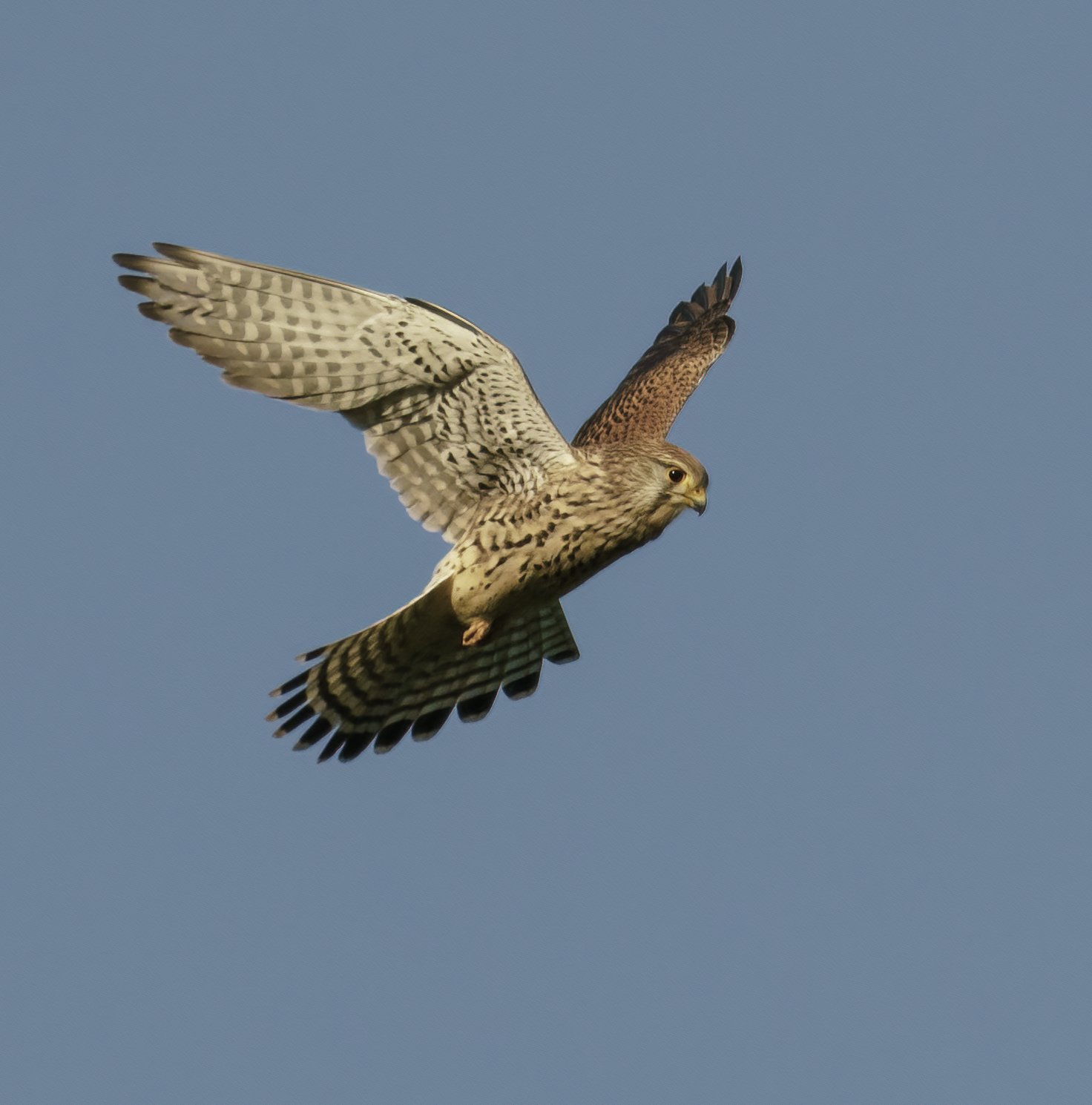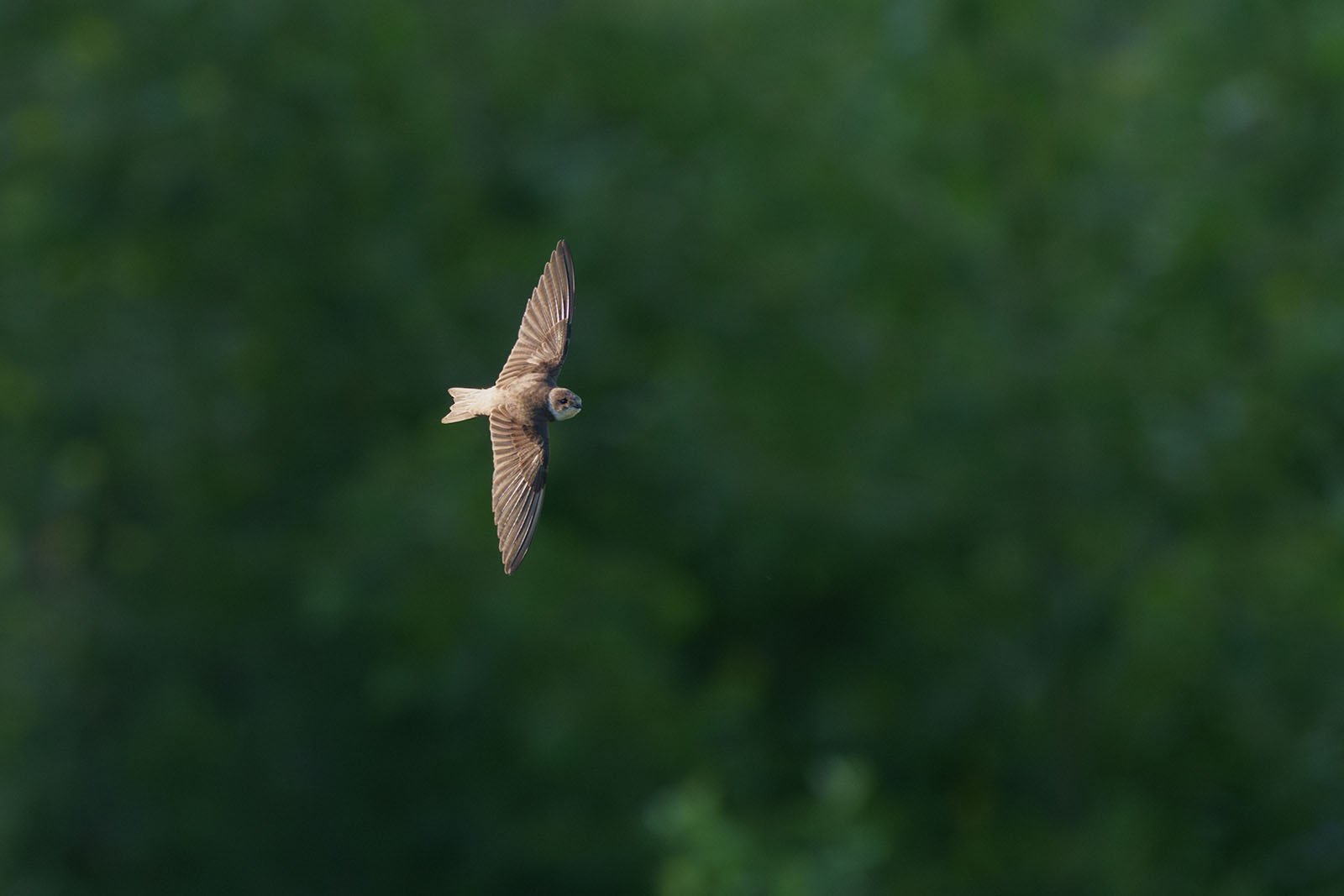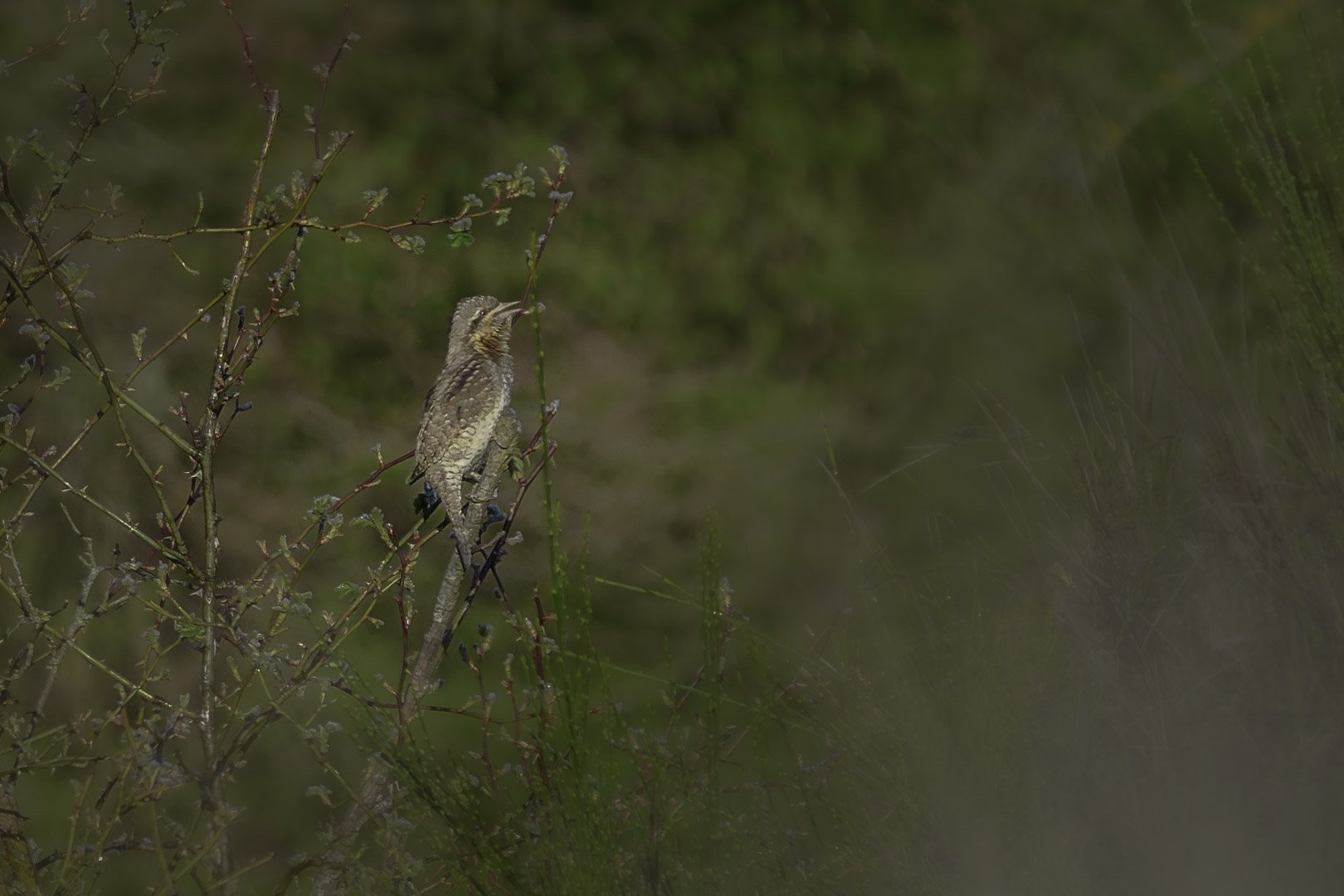Eurasian blue tit (Cyanistes caeruleus)
Eurasian blue tit (Cyanistes caeruleus)
Experience the masters of dive hunting in Germany!
Have you ever heard of the breathtaking ospreys in Germany?
Dive into an exclusive video from Bavaria and experience their spectacular hunting up close!
Click here for the video ->->
Blue Tit (Cyanistes caeruleus) – A Colorful Acrobat in Our Gardens
Key Facts:
- Size: 10.5–12 cm
- Features: Blue and yellow plumage, blue crown, white cheek patch
- Habitat: Deciduous and mixed forests, gardens, parks
- Breeding: Nests in tree cavities, often uses nest boxes
- Diet: Insects, spiders, seeds
Photography tips:
- Lens: 400 mm or greater
- Difficulty level: Easy
Table of Contents
- Introduction: The Blue Tit – A Little Splash of Color in Nature
- Features and Appearance: How to Recognize the Blue Tit
- Habitat and Range: Where the Blue Tit Lives
- Behavior and Diet: A Quick and Agile Insect Hunter
- Breeding: Nesting in Tree Cavities and Nest Boxes
- FAQ: Frequently Asked Questions About the Blue Tit
- Shortlist – Color Features
1. Introduction: The Blue Tit – A Little Splash of Color in Nature
The Blue Tit (Cyanistes caeruleus) is one of the most vibrant and popular songbirds in Europe. With its lively behavior and striking blue and yellow colors, it easily catches the eye. This small bird is a frequent visitor to gardens, parks, and forests, bringing a lively energy to the natural world around us.
2. Features and Appearance: How to Recognize the Blue Tit
The Blue Tit is easy to spot due to its bright colors and distinctive features:
Plumage:
The Blue Tit has a bright blue crown that stands out against its white cheeks. Its back and wings are also blue, while the chest and belly are a vibrant yellow. This color pattern makes it unmistakable. Young birds are paler, with a yellowish face instead of the adult's white cheeks.Beak:
The beak of the Blue Tit is short, strong, and dark. It's perfectly suited for picking up insects and seeds, which are the bird's main food sources.Eyes:
The dark eyes are highlighted by a fine but noticeable eye ring, giving the bird a lively and alert appearance.Feet:
The Blue Tit's legs and feet are dark gray and strong, allowing it to move skillfully on branches and even hang upside down on tree bark.
3. Habitat and Range: Where the Blue Tit Lives
The Blue Tit is found in a variety of habitats, from deciduous and mixed forests to urban gardens and parks. It thrives in areas with a mix of trees and shrubs, which provide both shelter and abundant food. Blue Tits are highly adaptable and do well in farmland and other cultivated landscapes.
4. Behavior and Diet: A Quick and Agile Insect Hunter
The Blue Tit is a lively bird, always on the move. It feeds mainly on insects and spiders, which it skillfully picks from tree bark. In winter, it adds seeds and nuts to its diet, often visiting garden feeders. Blue Tits are social birds, especially in winter, where they can be seen in flocks of up to 20 birds. Their active behavior and acrobatic skills when climbing and hanging on branches make them fascinating to watch.
5. Breeding: Nesting in Tree Cavities and Nest Boxes
Blue Tits start breeding in the spring. They prefer natural tree cavities for nesting but also readily use nest boxes. The nest is made from dry grass, moss, and small twigs, carefully lined for comfort. Blue Tits typically lay between seven and fifteen eggs per clutch, which are incubated for about two weeks. After hatching, the chicks take around four more weeks to become fully fledged. In a single breeding season, Blue Tits can raise up to two broods.
6. FAQ: Frequently Asked Questions About the Blue Tit
1. Where can you best observe the Blue Tit?
The Blue Tit is commonly seen in gardens, parks, and deciduous forests. It frequently visits bird feeders, especially in winter.
2. What does the Blue Tit mainly eat?
Its main diet consists of insects and spiders, but it also eats seeds and nuts in winter.
3. How can you tell male and female Blue Tits apart?
Males and females look very similar. The male might have slightly brighter colors, particularly the blue on the crown.
4. When and where does the Blue Tit breed?
The Blue Tit breeds in tree cavities or nest boxes. The breeding season starts in spring, and they often raise two broods per season.
5. How long do Blue Tits live?
Blue Tits have an average lifespan of about five years, though some can live longer.
7. Shortlist – Color Features
- Head: Blue crown, white cheeks
- Upper body: Bright blue
- Lower body: Vibrant yellow
- Beak: Short, strong, dark
- Eyes: Dark, with contrasting eye ring
- Feet: Dark gray, strong
The Blue Tit is not only admired for its vibrant colors but also for its lively character. Its adaptability and cheerful nature make it one of the most cherished songbirds in Europe.



